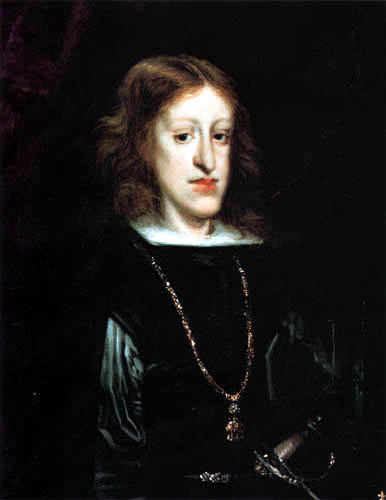Searching for a comedy
film, I was browsing through a list in IMDB
when I came across the title Dumb and Dumberer. Intrigued, I proceeded
to clink on the link to learn a bit about the plot before choosing to watch it.
During that, its promotional picture has shown up, and it looks like this.
This model of
“evolution”, used in an entertainment context and though it is a comical and
effective advertisement, it does little to set straight many people’s
misconceptions on evolution. Heck, if I were not studying Biology, I probably would
have thought this was a correct portrayal of evolution, as well.
From this promotional
picture, I inferred that the two main characters, Harry and Lloyd, are so
incredibly dim-witted that the “simple” apes themselves are more advanced than
they are. Moreover, this picture also suggest the evolutionary representation
most people thought it true: as time goes on, the species (usually on the left,
and looking minimal) gradually becomes more complex and into a whole different
species altogether. The classic example being the apes—there is an idea in which
we, as humans, came from monkeys or apes or something to that variety. I, along
with most people I know, thought it true for a while. However, now, with some
knowledge in this matter, I can state confidently that this notion is
incorrect. Apes and humans share a common ancestor, but diverged into different
species before some traits; thus, our appearances are both similar and
differentiating. We are not transformed apes. Also, if the evolutionary history
is made into a visual representation, it should be this:
 |
| Evolutionary history! |
—where the
evolutionary relationships with other organisms, and the divergence, are shown.
Once again, oh, the things you learn in biology.




